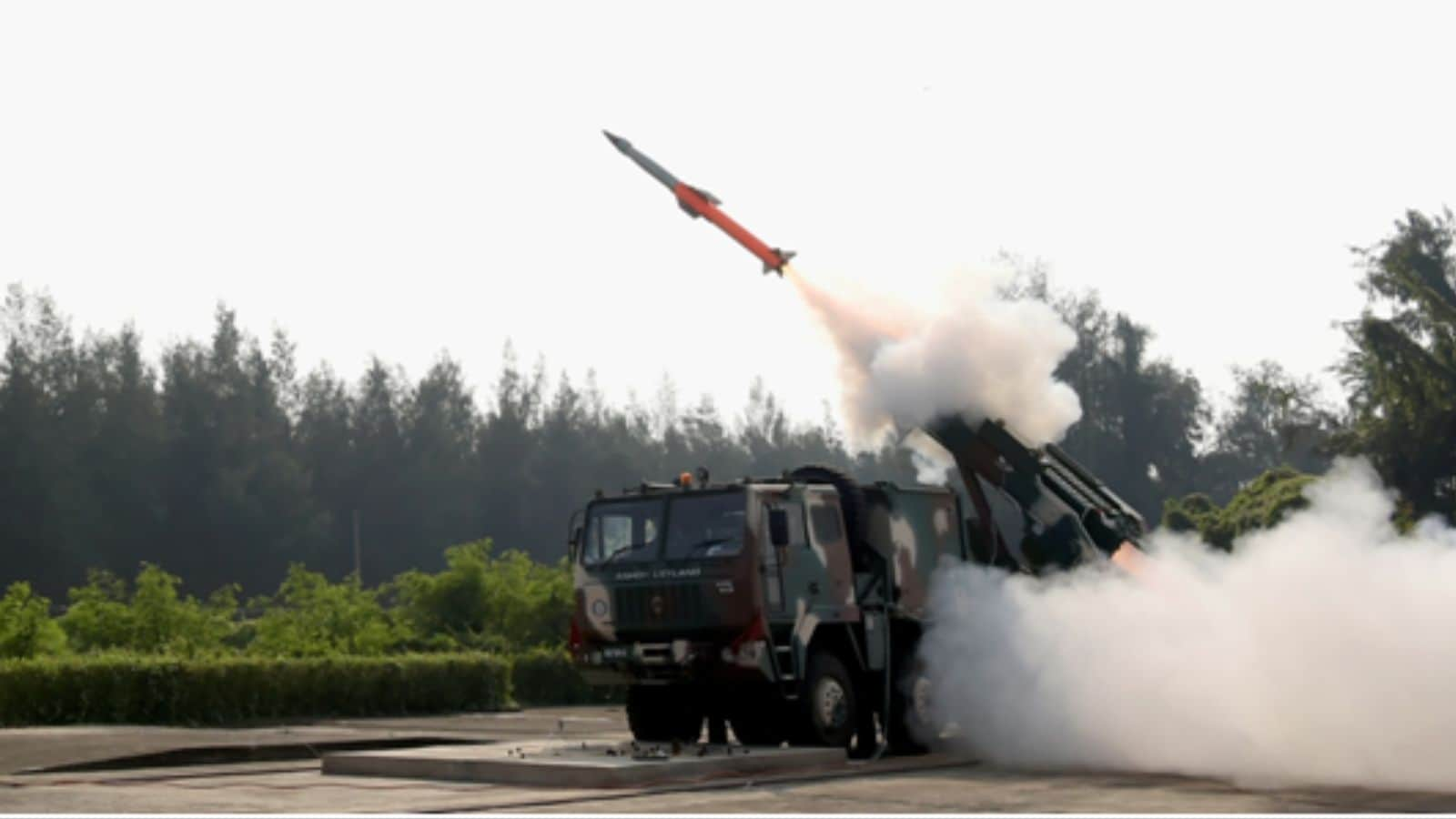ARTICLE AD BOX
India is gradually breaking down barriers by signing trade deals and lowering tariffs while President Trump is pushing the US inward, erecting a wall of tariff to the world’s largest import market. On Wed, he announced that India would face 25% tariffs from August plus an unspecified penalty for buying Russian military equipment and oil. Then came the executive order on the new tariff rates.
This may not have come as a total surprise but it’s a blow for India, which sees gaining a competitive edge in the US market as key—not just for boosting exports of electronics, pharmaceuticals, machinery, footwear, and textiles, but also for positioning itself as a global manufacturing hub for exporting to large markets like the US, EU, and UK. And, thus, lowering that 25% tariff rate to a level that is not just lower than China (35%) but also more competitive than its peers in emerging markets is crucial to its ambition to seize the opportunity presented by the West’s disillusionment with China.
Negotiators will no doubt be headed back to the table in pursuit of that elusive breakthrough, and India could manage to settle on a lower number. Trump made a similar threat against Japan and gave it a reprieve later. So far, the lowest rate secured is the UK’s 10% and even allies such as the EU and Japan have only managed 15%. In the emerging markets of Asia, the Philippines and Indonesia got 19% versus Vietnam’s 20%, and that includes conditional details and extra levy on Chinese transshipment. Beyond the headline reciprocal tariff rate, India is also trying to gain concessions on sectoral tariffs, from auto parts to pharma, as well as limiting the fallout to its participation in BRICS and secondary Russian oil sanctions.
Trade Tangle: India’s tariffs could still settle somewhere close to what Southeast Asian countries got — 19% to 20% with caveats — but this would still be only a 6-7% reduction from Trump’s initial 26% threat
With a population of 1.4bn, which is projected to grow to 1.6bn by 2040, India’s domestic market is a big prize for American exporters. The two big sectors where Trump wants concessions are autos and agriculture.
In the auto sector, high tariffs (such as 110% on completely built internal combustion engines) have kept imports low. Only 15,000 cars are imported into India annually versus a domestic market of 4.35m passenger cars. The recent India-UK deal shows that while India is willing to lower tariffs, the quotas remain relatively small in sectors such as autos and limited to luxury segments where Indian players are uncompetitive. This approach largely protects the domestic auto market. Trump is likely to demand tariff reciprocity on autos if India seeks a deal similar to what the US has with the EU or Japan. Could India make him an offer he can’t refuse? Perhaps it could offer to lower tariffs on high-end cars that will not upset domestic car players but allow for more import of American cars. Even this seems very unlikely, going by the details of the UK deal. In other words, the US is unlikely to pry open the Indian auto market.
Agriculture, which is seen as a red line in India, is another sticking point. Despite being a potentially large market, Indian imports from the US are primarily restricted to fish and nuts. India’s rural vote bank (40% of the labour force is employed in farming) makes farming reform difficult and increasing market access for US soybeans, corn and canola oil will be highly contentious. India did not budge on farming and dairy even in the UK trade deal. What it can do is propose to shift imports from countries such as Indonesia for palm oil to US canola oil even while keeping aggressive liberalisation off the cards. Overall, a big bold promise of more purchases of US energy, defence equipment, aircraft, and even some agricultural products is much easier to do than opening its farm sector but doing so would mean reshuffling existing imports to favour the US at the expense of other competitors.
Can India have its cake and eat it too? The EU and Japan deals offer a sobering reality check. Both got a reprieve but not without concessions, especially in the auto sector. South Korea and Japan didn’t have to open up their agriculture sector but got a deal at 15% in return for purchases and investment pledges. India’s tariffs could still settle somewhere close to what Southeast Asian countries got — 19% to 20% with caveats, which would be only a 6-7% reduction from Trump’s initial 26% threat.
India has always been a coveted market, given its unrivalled and rapidly growing domestic demand. And a more transactional US under President Trump is increasingly insistent on reciprocal market access. India could still beat Southeast Asian countries at the tariff game, but this comes at a price. We will have to see whether Prime Minister Modi is willing to take that gamble. So far, it does not look like it. The UK deal shows that India’s policy risk appetite has risen but it will do so at its own pace.
Facebook Twitter Linkedin Email
Disclaimer
Views expressed above are the author's own.



.png)
.png)
.png)
















 14 hours ago
7
14 hours ago
7









 English (US) ·
English (US) ·